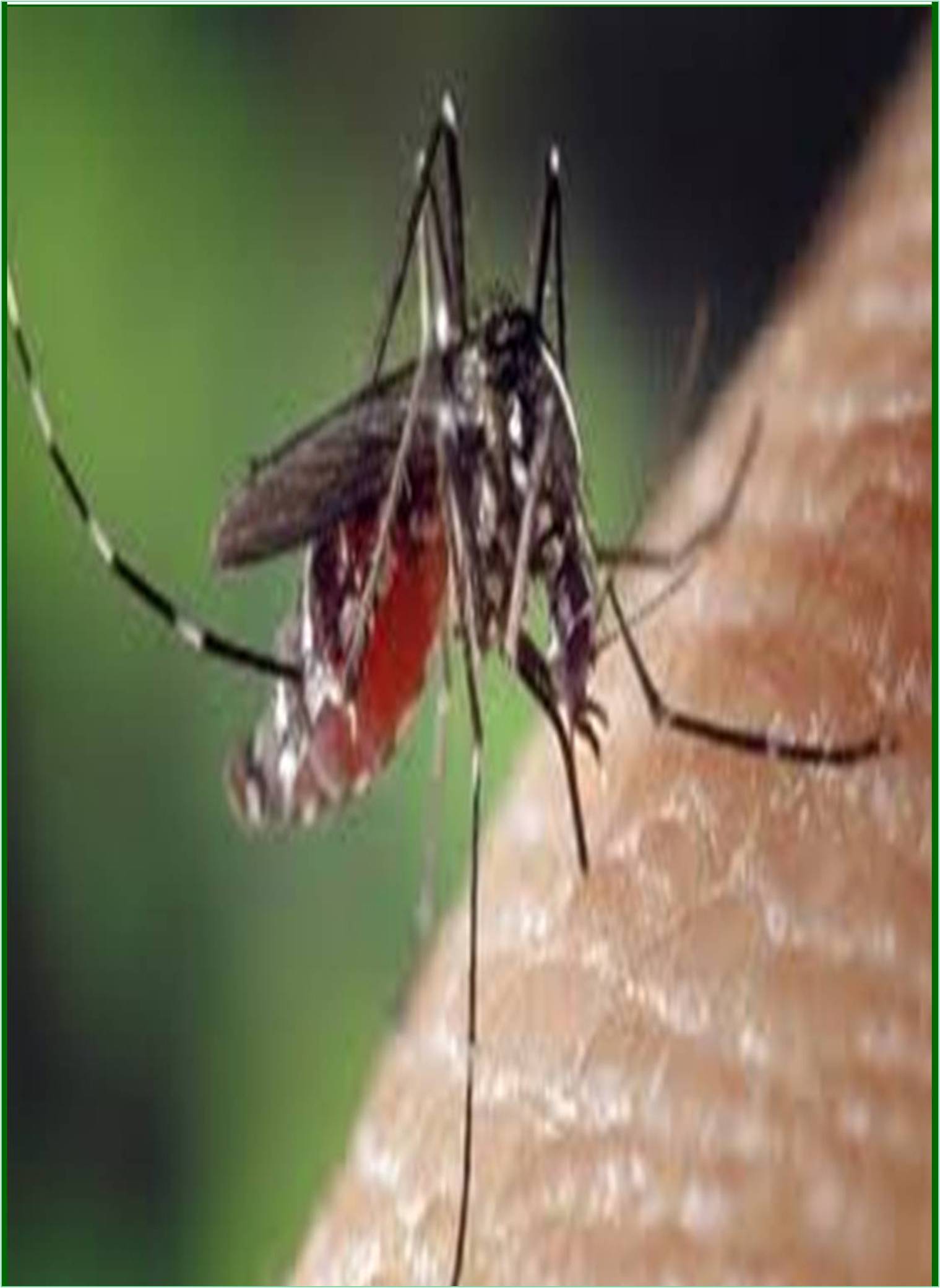



Received: 17-Jan-2022, Manuscript No. JFTD-22-59628; Editor assigned: 19-Jan-2022, Pre QC No. JFTD-22-59628 (PQ); Reviewed: 02-Feb-2022, QC No. JFTD-22-59628; Revised: 07-Feb-2022, Manuscript No. JFTD-22-59628 (R); Published: 14-Feb-2022, DOI: 10.15651/JFTD.22.2.08
Tropical diseases are prevalent or endemic to tropical and subtropical regions. Due to the outbreak of the cold season, which controls insect populations by forcing hibernation, it is less common in temperate climates. The original impetus for tropical medicine was to protect the health of colonial pioneers, especially in India under the British Raj. Insects such as mosquitoes and flies are carriers. These insects can carry parasites, bacteria or viruses that infect humans and animals. In most cases, the disease is transmitted through insect bites and causes the transmission of infectious pathogens through subcutaneous blood exchange. Vaccines are not available for most of the illnesses listed here, and many illnesses have no cure. Human exploration of rainforests, deforestation, increased immigration, international air travel and tourism to other tropical regions has led to an increase in the incidence of such diseases in non-tropical countries.
In year 1975, a special program for Tropical Disease Research and Training (TDRT) was established, affecting the poor and marginalized people in developing regions of Africa, Asia, Central America and northern South America focuses on the neglected infections that give. It was established as a comprehensive organization by the World Health Organization (WHO) and is supported by the United Nations Children’s Fund, the United Nations Development Program, the World Bank, and the World Health Organization. TDR’s vision is to promote effective global research efforts on infectious diseases of poverty, where countries endemic to the disease play a central role. It has the dual role of developing new tools and strategies for these diseases and developing research and leadership capabilities in the countries where the diseases occur. Although the TDR Secretariat is based in Geneva, Switzerland, it is active around the world through many partners and grants.
Examples for Tropical Diseases
1. Some examples include developing new therapies for diseases, for example, B. Ivermectin for onchoocerucicis (Kawan); idealize how packaging can improve the use of artemicin complex treatment for malaria. The effectiveness of the product demonstrates that mosquito bite and malaria are prevented. And, community- based and general programs document how to increase multiple treatment distributions.
2. Tuberculosis is the leading cause of death associated with infectious diseases around the world, and the interaction of tuberculosis with HIV epidemic is increasing its incidence in the tropics. In many areas of the world, the disease majorly affects young adults, and increased resistance of pathogens to antibiotics is a sign of concern.
3. Malaria is a contagious blood disease caused by parasitic protozoa of the genus Plasmodium. More than one million Africans die of malaria each year, most of them are children under the age of five. Diarrhea still affects children under the age of 5 and it is one of the most common illnesses leading to serious child mortality. Rotavirus remains the most common of severe diarrheal diseases, despite severe epidemics in countless countries (Bangladesh, Somalia, Rwanda, Zaire, Nepal, etc.) due to Shigella dysensis, a multidrug-resistant strain that causes dysentery.
4. Leishmaniasis is a group of diseases caused by parasites of the genus Leishmaniasis, endemic to 88 countries and with significant morbidity and mortality. This infection is transmitted by the bite of sandflies and can affect the skin (cutaneous leishmaniasis) and visceral (visceral leishmaniasis).
5. Strongyloidiasis is a common cause of disease in tropical and subtropical regions because the warm climate promotes the survival of parasites. Clinical manifestations depend on the state of the host’s immune system, and infections can be classified as acute, chronic, or severe. Uncontrolled self-infection with strongyloides parasites can occur in immunocompro - mised patients, leading to over-infection syndrome.